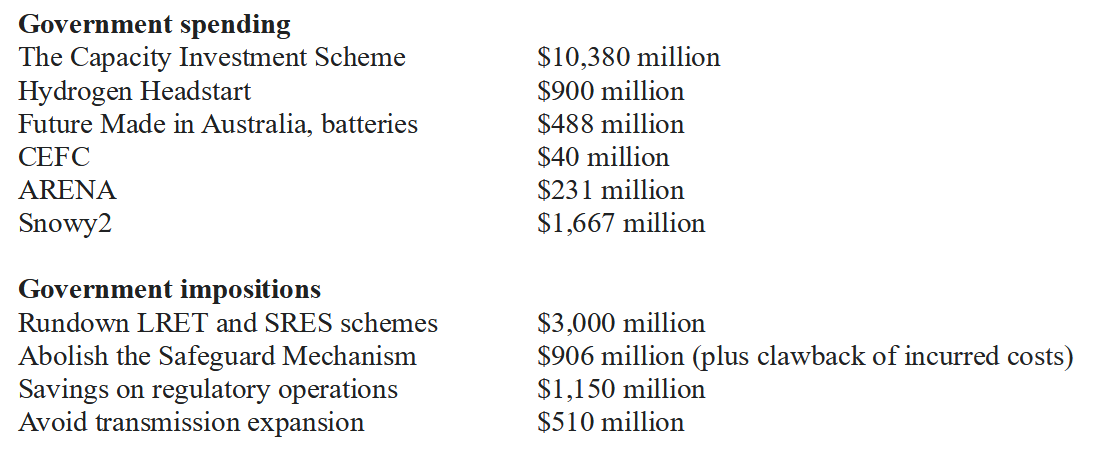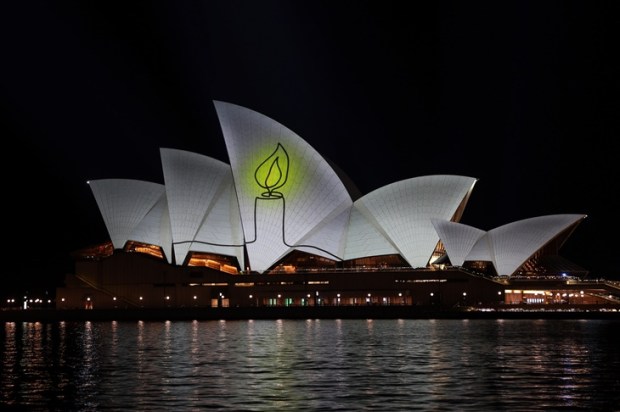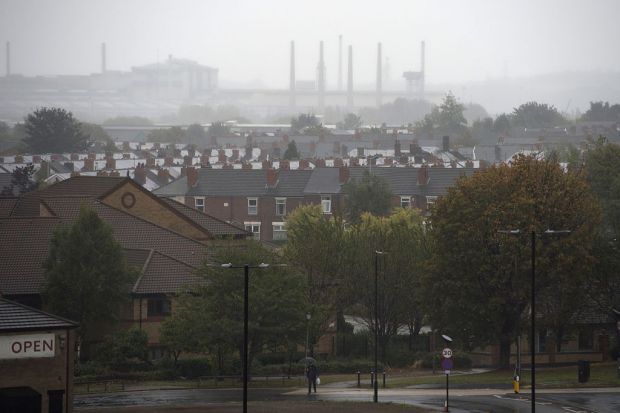The great surge in Australian productivity took place in two decades during the early years of the present century. It resulted from the de-regulations initiated by Treasurer Paul Keating that were maintained and built upon by the Coalition (from 1996) which had, embarrassingly, been outflanked on the free enterprise right by the socialistic Labor Party. Something similar happened in New Zealand and, to a degree, in America during the same period.
However, the Keating-Howard deregulation focused almost entirely upon ‘economic’ regulation – measures that set prices and access to markets. Thus, for example, Australia had industries like electricity, which were exclusively government-provided; it had airline policies which excluded any but the incumbent firms, Ansett and Qantas; its import tariffs forced consumers to pay more than twice the world price for goods including clothing and motor vehicles; and financial services were largely reserved for the Big Four banks.
The Keating-Howard de-regulatory reforms have, by and large, proved to be enduring. But eliminating the costly ‘economic’ regulations has been accompanied by a massive growth in ‘social’ regulations. With ‘social’ regulations, governments set conditions – usually environmental, heritage, and equality requirements – and mandate considerably increased paper burden obligations, often in pursuit of Environmental, Social and Governance (ESG) strictures. These features have been buttressed by onerous processes to convince designated bureaucracies that proposals will result in minimal adverse effects on flora and fauna and Indigenous Australians. And, as seen by recent decisions like the proposed McPhillamys gold mine near Orange, they are also subject to the whims of ministers who may exercise vetoes.
It is inconceivable that a new burst of productivity can be achieved without a serious reduction in these social regulations, including by restricting any objections to proposals with genuine standing, and excluding those seeking to foster political outcomes.
Energy areas are the most important economy-suffocating ‘social’ regulations. This reverses the formerly welcoming approach to cheaper supplies. Over the past 500 years, cheaper energy – as humanity moved from wind, wood, and animal power to hydrocarbons combined with technology – raised living standards thirty-fold in today’s developed world.
The global costs of regulations inhibiting use of hydrocarbons and direct subsidies to wind and solar are estimated by Mark Mills at $10 trillion during the past two decades. In spite of this, per capita use has remained growing notwithstanding gains in energy efficiency.

Mr Bowen claimed his latest renewables support program, the $68 billion Capacity Investment Scheme, which contracts output from wind, solar, and batteries ‘may not cost the taxpayer a dollar’. But the government refuses to reveal prices being paid, claiming that this might provide bidders with information to game the prices. The UK discloses the prices it pays for its equivalent scheme. These have been:

While solar PV may be more productive in Australia, wind is likely to be similar. Australian spot prices in 2024 were running at around $130 per MWh but this price is vastly inflated by the forced injection of wind and solar into the system, causing the commercial coal generators to close or operate as backup to intermittent wind and solar. Australia’s commercial system was based on coal up until ten years ago and had spot prices at under $40 per MWh. Without the government interventions, current prices would likely be under $55 per MWh.
In other words, wind receives at least three times the average price that would prevail under a coal-based system. And on top of this is a need for the intermittent wind and solar supplies to be ‘firmed’ by batteries, hydro, or gas.
An indication of the true cost is provided by David Wojick of the Heartland Foundation. Addressing the US Green New Deal, he estimates replacing hydrocarbons (mainly gas in the US) by wind, solar, and batteries would bring today’s $1,800 average US household electricity bill to $52,500. Driving this is storage capacity with grid-scale battery facilities without which a wind and solar based system would be chronically unreliable; the cost of this is optimistically put at $300,000 per MWh, bringing its capital cost to $75 trillion dollars. In other words, Australia’s contracted wind and solar energy is much more damaging than worthless.
A reformist Australian government can make a great many savings both to the budget and to consumers by withdrawing from the multitude of expenditures and regulatory measures in place for electricity.
These measures mean an annual cost to the economy that could allow annualised savings:

These estimates indicate an availability of some $15 billion a year in budgetary savings that would actually bring a bonus in additional benefits by causing a return to lower cost electricity supply sources.
In addition, there is a saving to consumers from the regulatory impositions of $5-6 billion.
Other cost impositions and subsidies involve an absence of credible remediation bonds for solar and wind facilities, the cost of which will eventually likely be incurred by landowners who unwittingly signed contracts with $2 companies.
Current restrictions and regulatory favours to wind and solar are driving up prices and will continue to do so as long as they are in place. Deindustrialisation is already evident especially in those nations – Australia among them – which have moved most aggressively to curtail commercial power sources of hydrocarbons and nuclear. This will bring – is indeed bringing – declining living standards and increased sovereign vulnerability.
Removing the regulations smothering low-cost energy supply is an essential prerequisite to reinvigorating productivity. Net Zero emissions and any variation of this is impossible to achieve at any realistic cost. Hopefully, the leadership of the developed world will soon realise this and reverse course. In the event of a Trump victory in November, US regulations undermining commercial energy will be quickly eliminated and the rest of the world will be forced to follow or face intensified competitive pressures. A Harris victory would defer this.

























